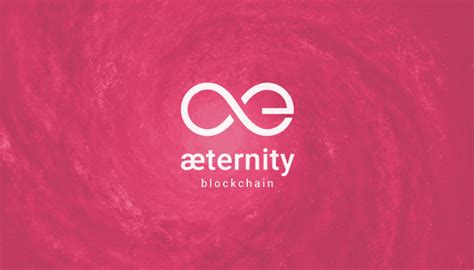Ethereum: Understanding the Limits of the Lightning Network
As the Second-Largest Cryptocurrency by Market Capitalization, Ethereum Has Made Significant Strides in Improving the Scalability and Efficiency of its Blockchain Network. One Key Component of This Effort is The Lightning Network (LN), A Decentralized, Microtransactions-Based System That Allows Users to Send and Receive Small Amounts of Value Without The Need for Traditional Transactions.
In this article, We’ll Explore Whether the Lightning Network’s Limitations are due to the “size” or channels or another factor. To Understand This Question, Let’s First Define Some Key Concepts Related to the Lightning Network:
Channels : In The Lightning Network, A Channel is Essentialy an Asynchronous Transaction Between Two Users, Where a User Sends Value (in the Form of Toks) to Another User Exchanging Them for Standard Assets Like BTC.
* tokens and channel size : the size of channels refers to the maximum amount of value that can be transferred in a single transaction. This Value is Limited by the Total Supply of Lightning Tokens on the Network, which is Currently Capped AT 1 Million USDC (or Other Stablecoins) per user.
Now, Let’s Examine Whether Thesis Limitations are Due to the “Size” or Channels or Another Factor. In Our Example, We’ll use Alice and Rob as an Illustrative Case Study:
Imagine they have multiple channels between each other, anyful linking them together. The Total Amount Locked in Their Multisig Address for these Channels is represented by Alice's' and Rob’s` BTC Amounts.
The “Size” or Channels refers to the maximum value can be transferred in a single transaction (E.G., 1 Million USDC). As we add more channels between Alice and Rob, the Total Amount of Value Being Transferred Each Time Increases. However, this also mean that the size of Each Channel Decreases, As Smaller Values are used.
the “size” limitation
While it’s true that the “size” or channels affects the transaction costs and efficiency, it’s not the primary reason why the lightning network is limited by this factor. The Main Bottleneck Lies in the Overall Network Capacity, Rather Than Individual Channel Sizes.
With a Large Number of Users and Channels, The Network Becomes Saturated with Transactions, Leading to Increased Congestion and Slower Transaction Processing Times. This, in Turn, Affects The Overall Capacity of the Network, Making It More Difficult for New Transactions to Be Processed.
The Role of Gas Prices

Another Important Factor Contributing to the “Size” Limitation is Gas Prices. As users add more channels between Themselves, they infrease their reliance on gas fees to cover transaction costs. IF Gas prices are high, IT Becomes Increasingly Exensive for Users to Send Value Through The Lightning Network, Further Exacerbating The Bottleneck.
Conclusion
In Conclusion, While the “Size” or Channels Does affect the Transaction Costs and Efficiency in the Lightning Network, It is not the Primary Reason Why The Network Is Limited by This Factor. The Main Bottleneck Lies in the Overall Network Capacity, which is Affected by Factors Such as user Base Growth, Transaction Congestion, and Gas Prices.
As the demand for Scalability Solutions Continues to Grow, Ethereum’s Developers Will Need to Explore Innovative Ways to Improve the Lightning Network’s Performance and Expand Its Capacity. This May Involve Introducing New Technologies, Optimizing Existing Infrastructure, OR Exploring Alternative Architectures That Can Handle Larger Volumes of Transactions More efficiently.
Additional reading:
- “The Lightning Network: A Scalable Solution for Defi” By Ethereum Research Team
- “Ethereum 2.0: Scaling the Lightning Network” By Ethereum Foundation
